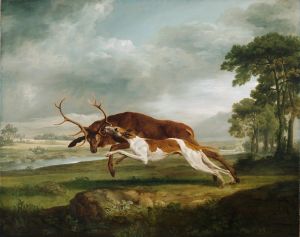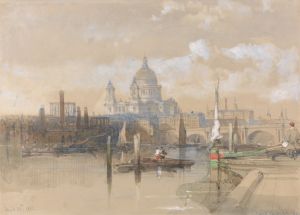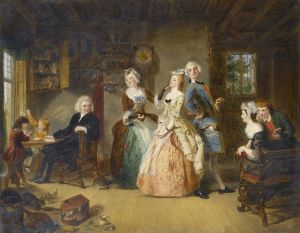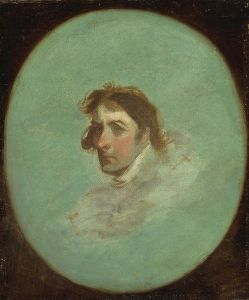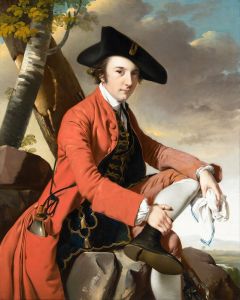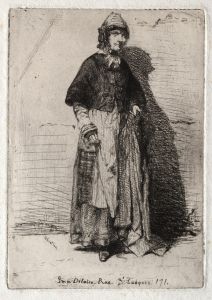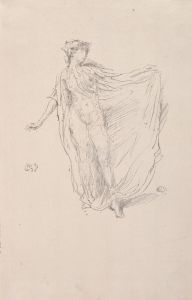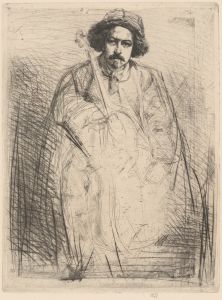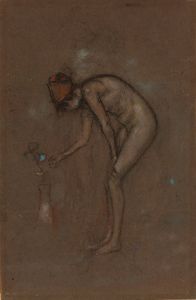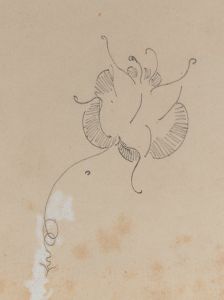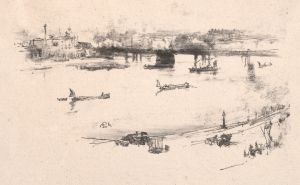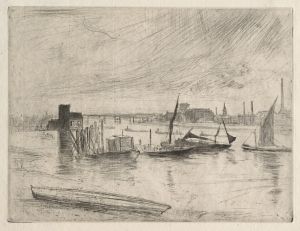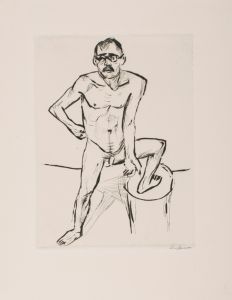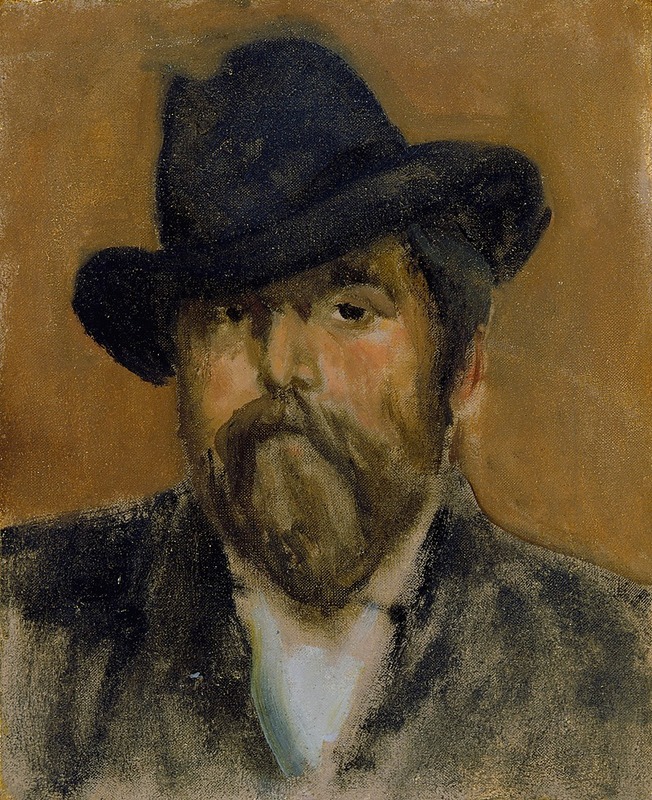
Robert Barr
A hand-painted replica of James Abbott McNeill Whistler’s masterpiece Robert Barr, meticulously crafted by professional artists to capture the true essence of the original. Each piece is created with museum-quality canvas and rare mineral pigments, carefully painted by experienced artists with delicate brushstrokes and rich, layered colors to perfectly recreate the texture of the original artwork. Unlike machine-printed reproductions, this hand-painted version brings the painting to life, infused with the artist’s emotions and skill in every stroke. Whether for personal collection or home decoration, it instantly elevates the artistic atmosphere of any space.
James Abbott McNeill Whistler was an American artist known for his significant contributions to the art world during the late 19th century. He is best recognized for his paintings, etchings, and lithographs, which often exhibit a distinctive style characterized by a focus on tonal harmony and a subtle use of color. Whistler's work was influential in the development of the Aesthetic Movement, which emphasized the visual and sensual qualities of art over its narrative content.
One of Whistler's lesser-known works is the portrait of Robert Barr. Robert Barr was a Scottish-Canadian writer and journalist, known for his short stories and novels. He was a contemporary of Whistler, and their paths likely crossed in the vibrant artistic and literary circles of London during the late 19th century. Whistler's portrait of Barr captures the writer's likeness with the artist's characteristic attention to detail and tonal subtlety.
The painting is executed in oil on canvas, a medium Whistler frequently employed for his portrait work. Whistler's portraits are known for their refined elegance and the way they capture the personality and presence of the sitter. In the portrait of Robert Barr, Whistler likely employed his typical palette of muted tones, focusing on the interplay of light and shadow to create a sense of depth and realism.
Whistler's approach to portraiture often involved a careful consideration of composition and the arrangement of elements within the frame. He was known for his ability to convey the character of his subjects through subtle gestures and expressions. In the case of Robert Barr, Whistler would have aimed to capture the writer's intellectual presence and perhaps a hint of his literary prowess.
The portrait of Robert Barr is an example of Whistler's ability to blend realism with an almost abstract sense of design. His use of color and form often transcended mere representation, aiming instead to evoke an emotional response from the viewer. This approach aligns with Whistler's broader artistic philosophy, which sought to elevate art beyond the confines of traditional narrative and moral instruction.
While specific details about the creation and current location of the portrait of Robert Barr are not widely documented, it remains a testament to Whistler's skill as a portraitist and his ability to capture the essence of his subjects. Whistler's portraits, including that of Robert Barr, continue to be appreciated for their aesthetic qualities and their contribution to the evolution of modern art.
In summary, James Abbott McNeill Whistler's portrait of Robert Barr exemplifies the artist's mastery of portraiture, characterized by a focus on tonal harmony and an ability to convey the personality of his subjects. Through his innovative approach, Whistler left a lasting impact on the art world, influencing generations of artists who followed.





